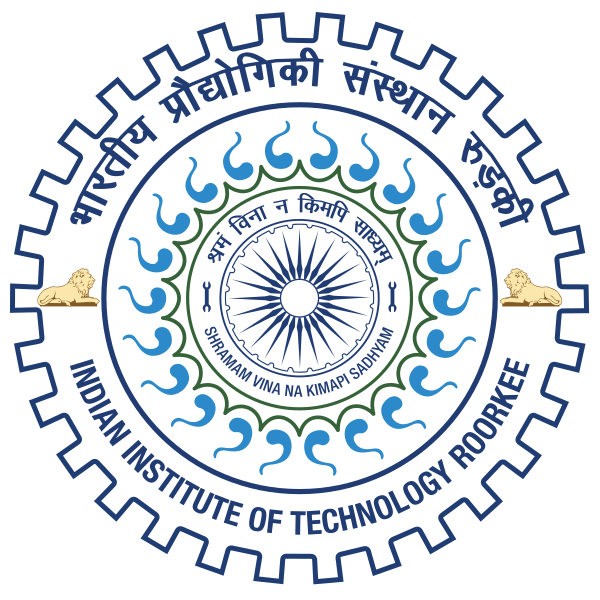Please use this identifier to cite or link to this item:
http://localhost:8081/jspui/handle/123456789/11362Full metadata record
| DC Field | Value | Language |
|---|---|---|
| dc.contributor.author | Garikipati, Buliraju | - |
| dc.date.accessioned | 2014-11-26T09:18:18Z | - |
| dc.date.available | 2014-11-26T09:18:18Z | - |
| dc.date.issued | 2006 | - |
| dc.identifier | M.Tech | en_US |
| dc.identifier.uri | http://hdl.handle.net/123456789/11362 | - |
| dc.guide | Sahoo, Pradeep | - |
| dc.description.abstract | Trigeneration systems produce electricity, heating, and cooling simultaneously and have higher efficiency than cogeneration systems of same capacity. In this work, a Trigeneration system that produces 50 MW of electricity, 7500 tons of cooling, by vapor absorption system, and 5 MW of heating by producing saturated steam at 2 bar, is analyzed with the help of second law analysis - known as Exergy analysis. Exergy analysis helps in finding, the magnitude, location and cause of inefficiency in each component. This information enables the designer to pay adequate attention on the components having higher irreversibility to improve their performance, and thereby improving the overall performance of the system. Based on this exergy analysis, economic analysis is carried out, to find the cost of each stream of the system. It is found that the unit cost (Rs./MJ) of power (electricity) was lower than the unit cost (Rs./MJ) of steam produced from the system, which contradicts our physical understanding, which suggests that electric power is more valuable than steam and should, therefore be, more expensive. An examination of cost formation process within the plant demonstrates how the relatively high cost of thermal exergy and low cost of electric exergy are obtained. So, to overcome the above problem, exergy analysis of the trigeneration system based on exergy splitting, i.e., the thermomechanical or physical exergy of each stream is divided into two components with very different qualities, is carried out. In the succeeding economic analysis, based on the exergy analysis with exergy splitting, two different costs were assigned to the two different components of exergy, i.e., the component with higher quality can be assigned a unit cost same as that of work, whereas the component with lower quality will usually be assigned a lower unit cost. Now, it is found that the unit cost of electricity is higher than that of the unit cost of steam. Based on exergy and economic analyses of the trigeneration system, optimization of the system is carried out using the technique `Evolutionary Programming', to get the• minimum cost of the products and the corresponding system operating parameters. The analysis shows a reduction of 6.93 % of the product cost of the system and 15.40 % reduction of exergy destruction rate in the system with an increase of 33.36 % in capital investment; however, the additional investment cost can be recovered in 6.058 years. It is observed that in the optimum | en_US |
| dc.language.iso | en | en_US |
| dc.subject | MECHANICAL INDUSTRIAL ENGINEERING | en_US |
| dc.subject | ENERGY-ECONOMIC ANALYSIS | en_US |
| dc.subject | TRIGENERATION SYSTEM | en_US |
| dc.subject | COGENERATION SYSTEMS | en_US |
| dc.title | ENERGY-ECONOMIC ANALYSIS AND OPTIMIZATION OF TRIGENERATION SYSTEM | en_US |
| dc.type | M.Tech Dessertation | en_US |
| dc.accession.number | G12878 | en_US |
| Appears in Collections: | MASTERS' THESES (MIED) | |
Files in This Item:
| File | Description | Size | Format | |
|---|---|---|---|---|
| MIEDG12878.pdf | 3.52 MB | Adobe PDF | View/Open |
Items in DSpace are protected by copyright, with all rights reserved, unless otherwise indicated.

